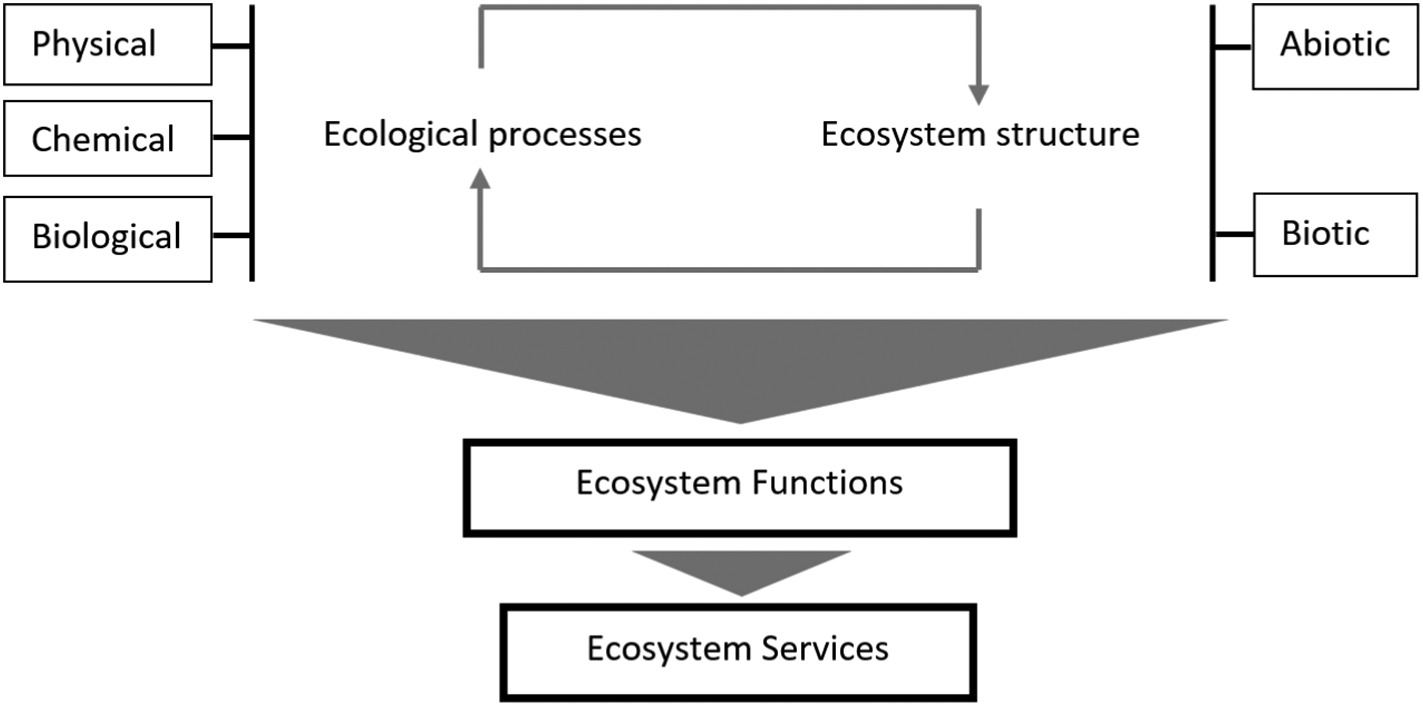Trees, Forests and People, Volume 4, June 2021
JAAD International, Volume 3, June 2021
Background: Skin diseases that cause chronic pruritus can have negative effects on a patient's quality of life. Objective: We evaluated the associations between chronic pruritus and psychological conditions including insomnia and depression. Methods: This study included responses from 91 participants with chronic pruritus (response rate: 74.6%).
Current Opinion in Environmental Sustainability, Volume 50, June 2021
Sea-level rise poses a significant threat to Small Island Developing States (SIDS) due to the concentration of people, assets, and infrastructure in coastal zones. This review assesses literature on key emerging topics in sea level rise including: the lasting impact of near-term mitigation on long-term sea-level rise; new global coastal vertical elevation data and their impact on existing sea-level rise projections; and the interaction of sea-level rise with other hazards, including salinization, tropical cyclones and extreme precipitation.
Current Opinion in Green and Sustainable Chemistry, Volume 29, June 2021
Microplastic pollution has sparked interest from researchers, public, industries, and regulators owing to reports of extensive presence of microplastics in the environment, household dust, drinking water, and food, which indicates chronic exposure to organisms within ecosystems and in human living spaces. Although exposure to microplastics is evident, negative effects from microplastics appear to be minimal in most studies on biota, and no risk assessments have been completed for microplastics on human health.
Current Opinion in Environmental Sustainability, Volume 50, June 2021
Sea level rise and land subsidence — induced flooding are projected to have severe impacts on highly populated Asian deltaic cities. These cities are already suffering from frequent floods, though few comparative analyses have been conducted on the similarities and differences of their adaptation approaches. Thus, this study aims to investigate the current adaptation pathways of Asian deltaic cities to flooding induced by slow onset events such as urbanization-induced land subsidence and sea level rise, by looking at Tokyo, Jakarta, Manila, and Ho Chi Minh City as case studies.
Cities, Volume 113, June 2021
This paper aims to contribute to the limited understanding and recognition of soil ecosystem services (SoES) in spatial planning. In light of its critical role in climate crises and due to its global degradation, soil has drawn considerable attention in the recent global agenda. As one of its vital services, soil serves as a terrestrial carbon pool, which significantly contributes to offset greenhouse gas emissions in the atmosphere (EEA, 2012).

